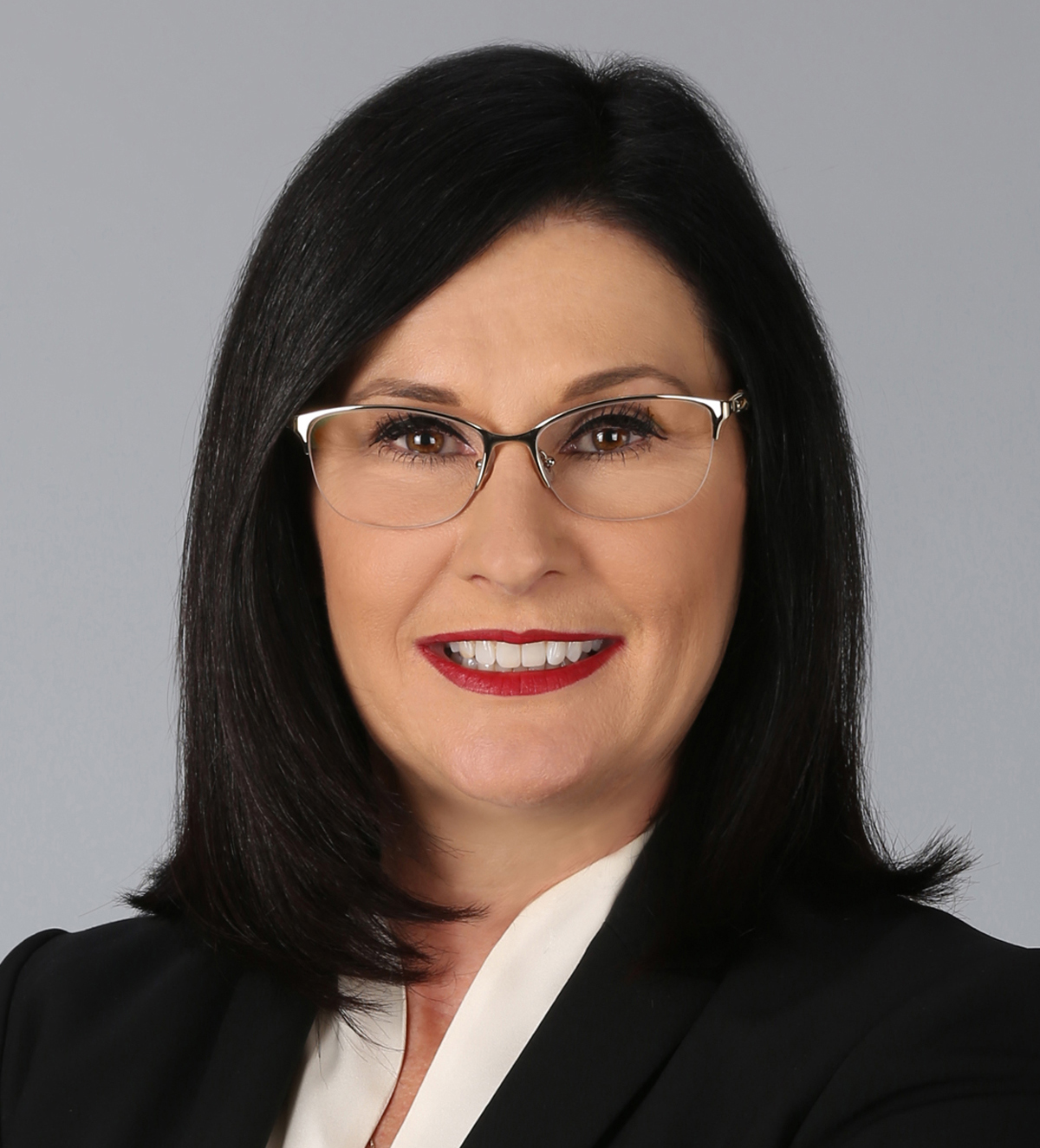South Florida construction prices are hitting record levels and commercial real estate developers, landlords and occupiers haven’t felt this type of wallet wallop since the last building boom of the mid-2000s.
Driven by a messy stew of tariffs on steel, aluminum and other key materials, labor shortages, rising insurance premiums, insatiable demand and a healthy dash of opportunistic pricing power, construction costs nationally as measured by the Turner Building Cost Index rose nearly 6 percent in the first quarter compared to the same period the year before. The index tracks key drivers such as labor, materials and competitive pricing power nationally, and, cumulatively, it has jumped about 30 percent in the past seven years.
According to the Producer Price Index, most commercial construction material categories rose in the 12-month period that ended in April, except for nonferrous wire and cabling, softwood lumber, natural gas, crude petroleum and unprocessed energy materials. Steel mill products and asphalt, tar roofing and siding products, with one-year cost growth of 5.8 percent to 7.5 percent, saw the largest hikes. Since the PPI does not track fluctuations on imports, it is not fully reflective of tariff-related increases.
In South Florida, commercial real estate experts say the cost to build an office or industrial space has increased 20 to 30 percent in the last three years. The cost of labor has risen similarly.
“TI [tenant improvement] construction costs are off the map,” quipped West Palm Beach-based industrial developer Steven McCraney, who was speaking on a recent industry panel about the status of the region’s industrial development and leasing boom.
Michael Taylor, president of Pompano Beach-based general contracting firm Current Builders, says subcontracting costs for all trades have soared, partly because of material and labor costs, but also because of swamped subcontractors maximizing profit-taking.
National indexes tend to reflect larger conditions and thus don’t fully capture regional cost fluctuations caused by old-fashioned supply and demand, Taylor says.Right now, South Florida has more demand for construction services than companies and workers to do the jobs.
“I truly believe there are not enough subcontractors and they are really busy now, so that is driving up pricing,” Taylor says. This profit-taking in tandem with tariffs, rising material, labor and insurance costs, are creating “a perfect storm.”
“Really, what is going to push pricing up or down at the end of the day is what can consumers pay for,” Taylor says.
So far, developers, landlords and tenants are still stroking checks.
“We saw last year a spike in structural steel cost from the tariffs,” said Brian Latta, vice president of industrial developer Bridge Development Partners. “It translated into a 12 percent increase in our cost for structural steel.” Overall, the total cost to build a new warehouse and distribution facility rose about 5 percent year-over-year, he says.
But Latta doesn’t see a building slowdown in the near future: “Demand is still strong,” he says. ↵
Freelance writer Darcie Lunsford is a former real estate editor of the South Florida Business Journal. She is the senior VP for leasing at Butters Group and is avoiding a conflict of interest in her column by not covering her own deals.










